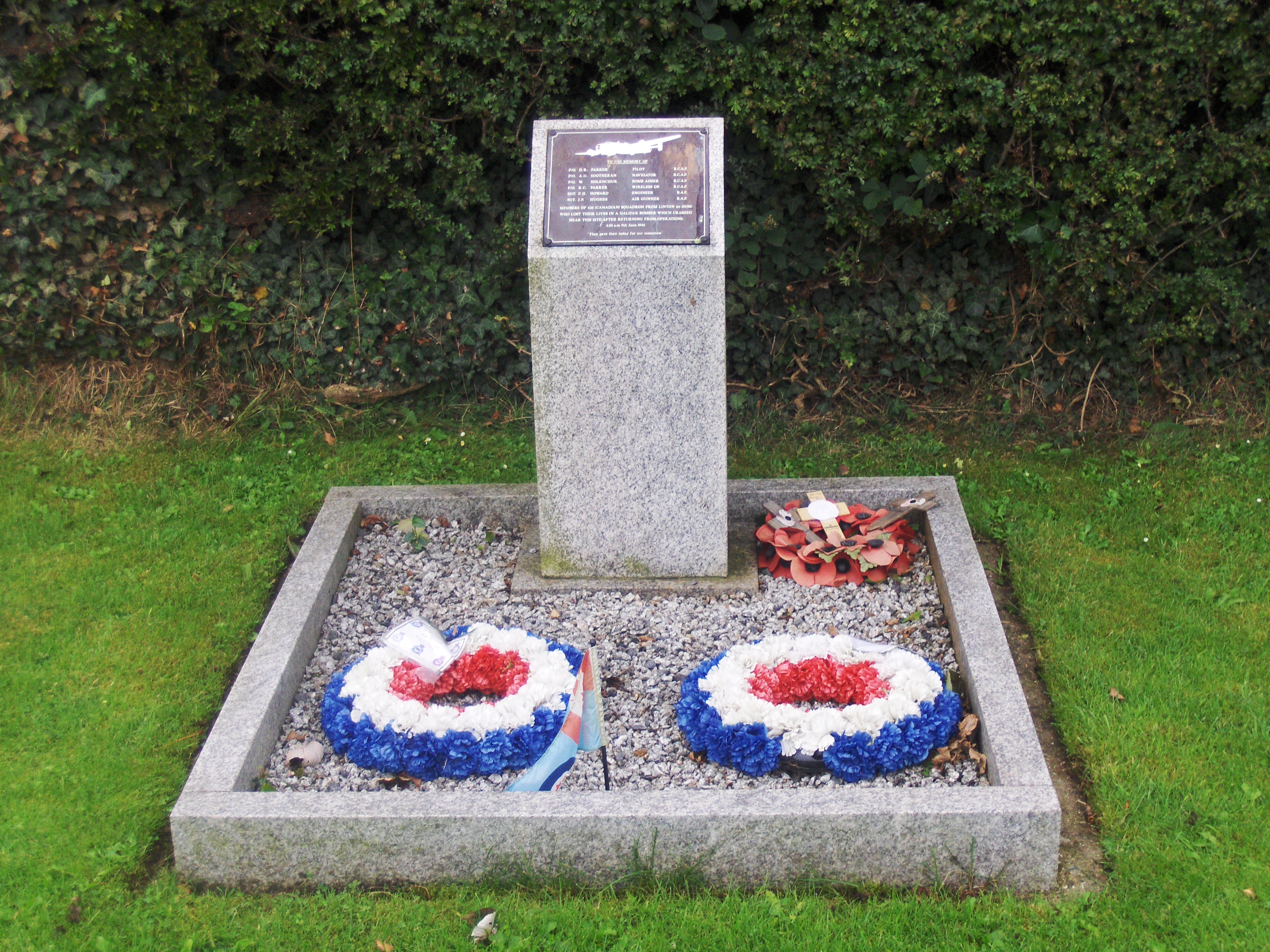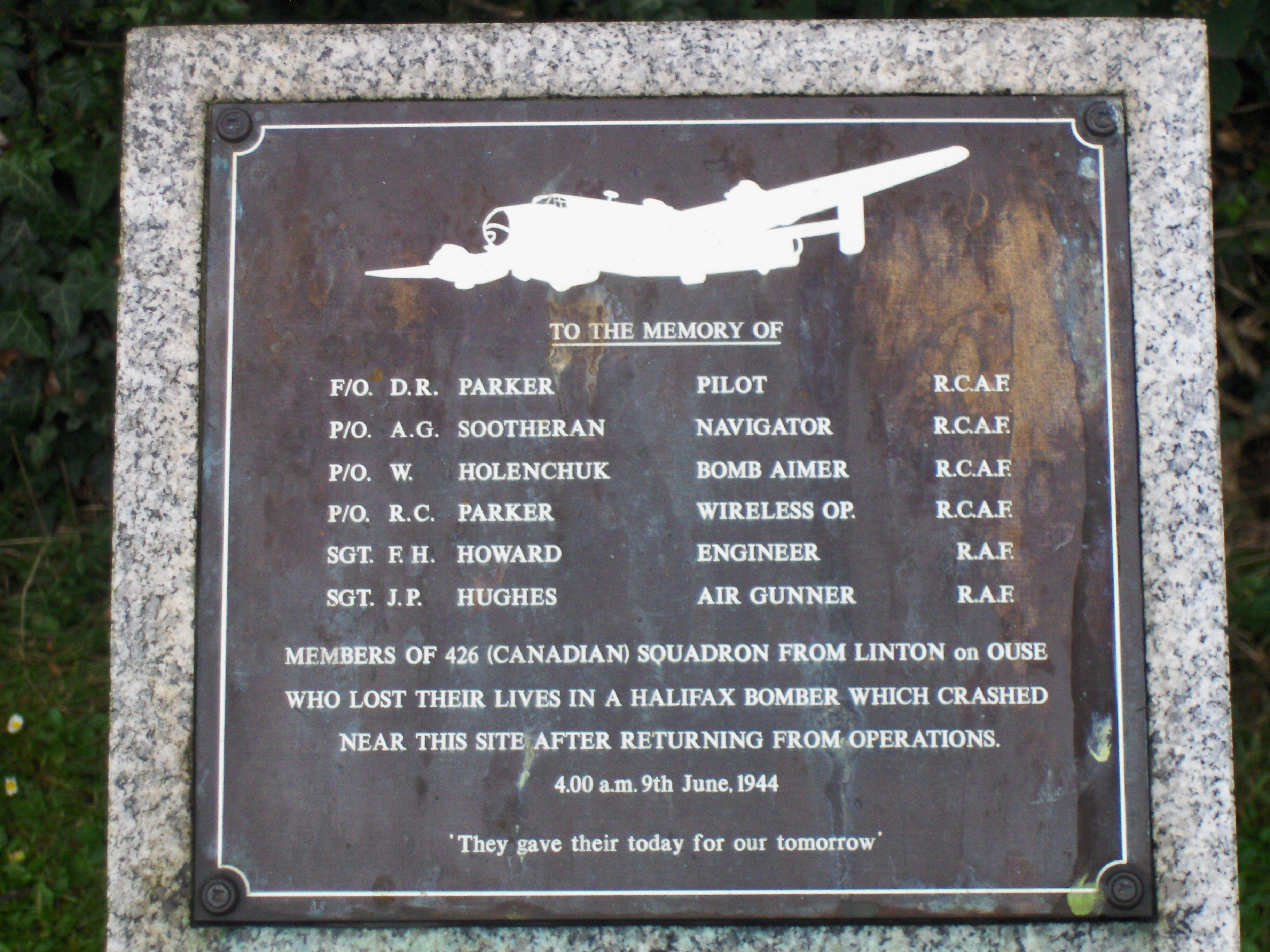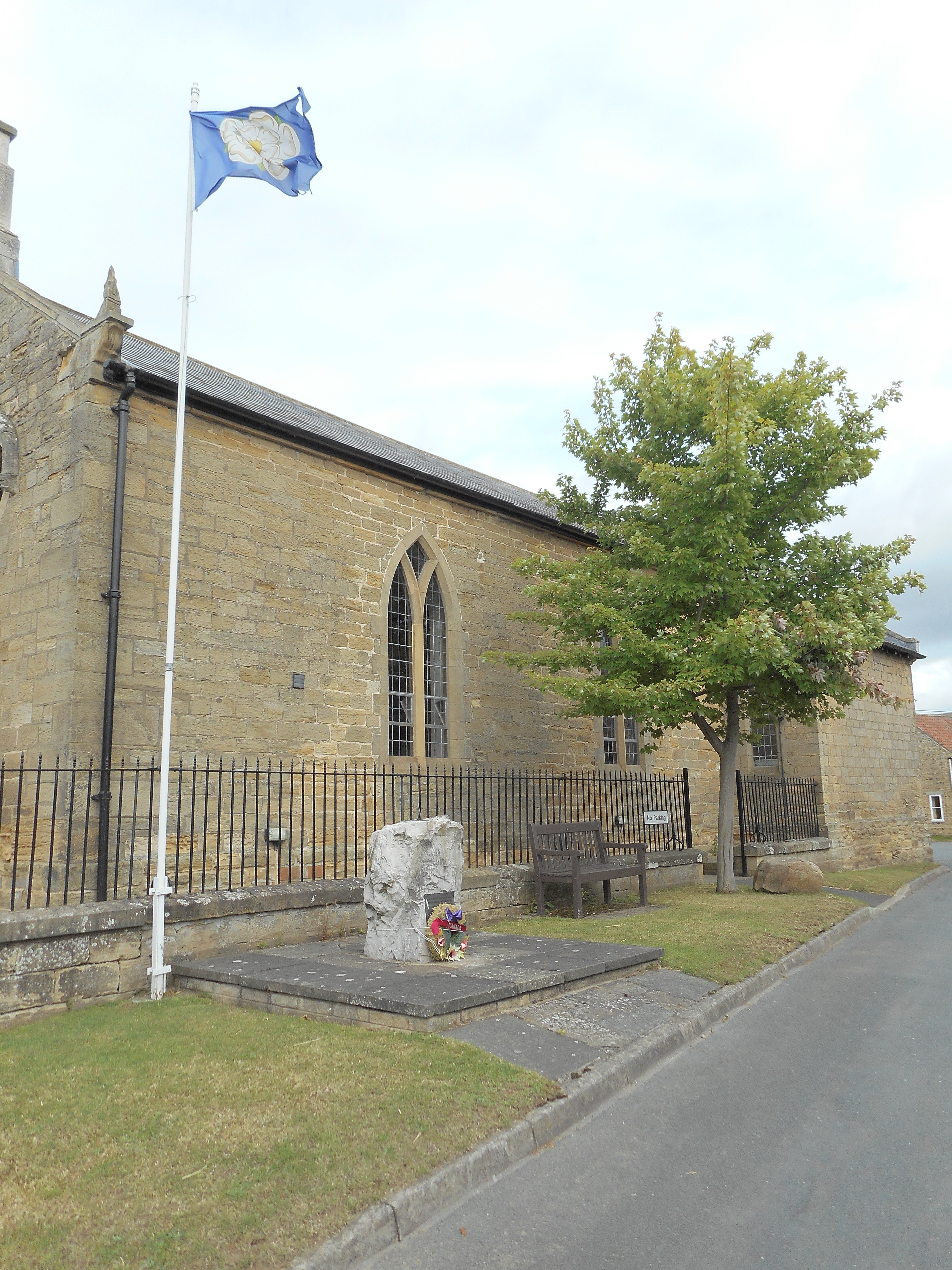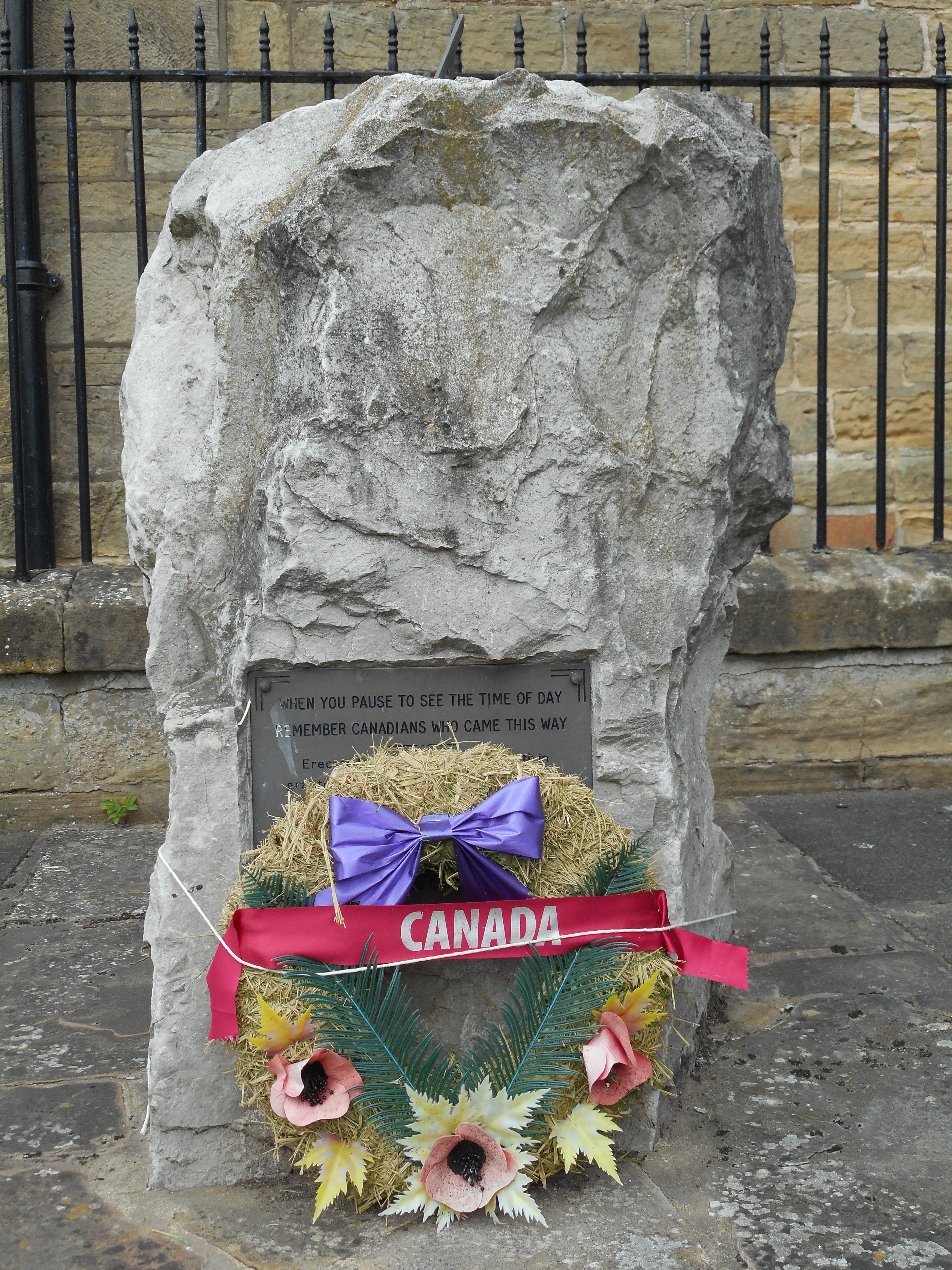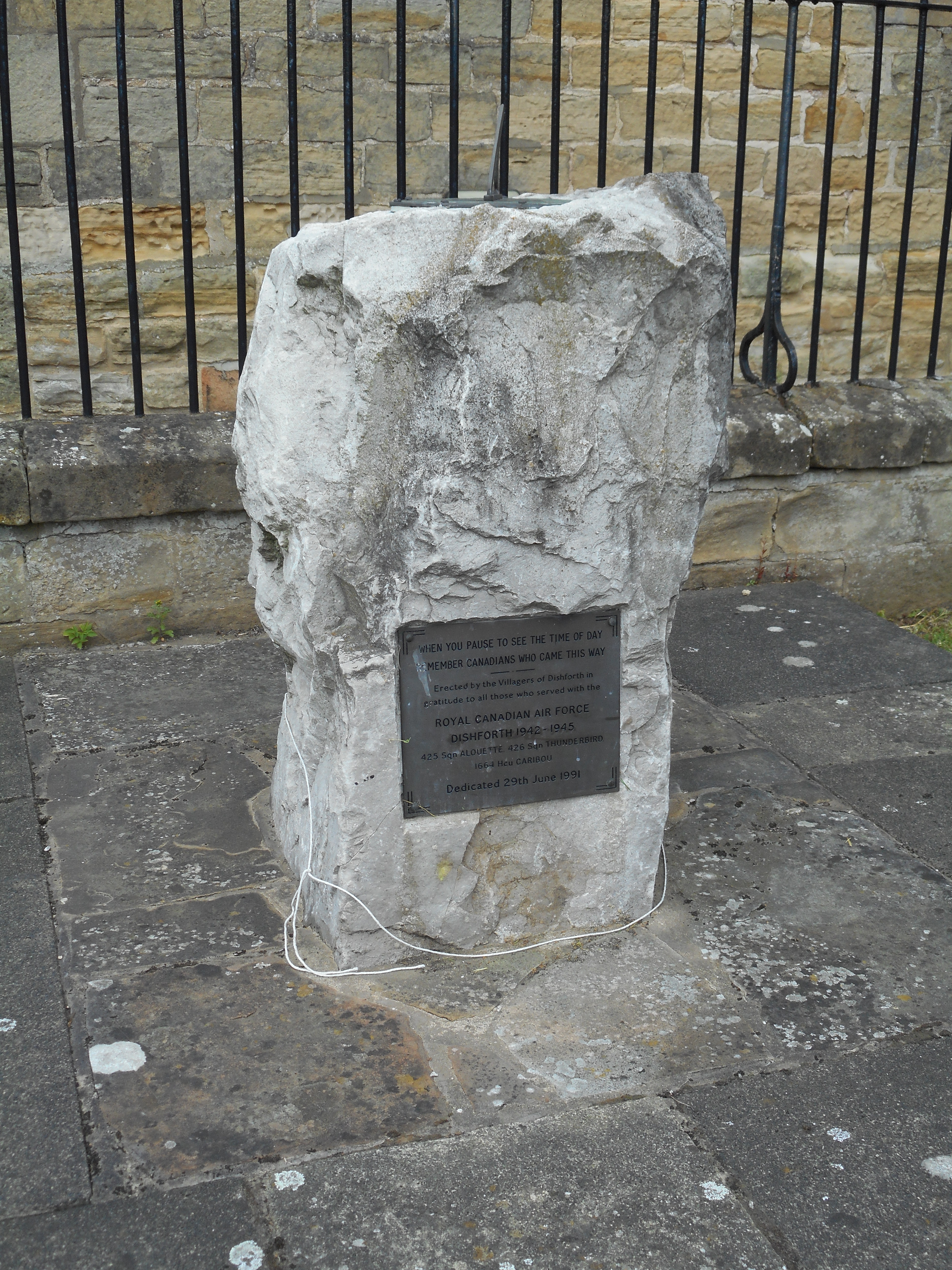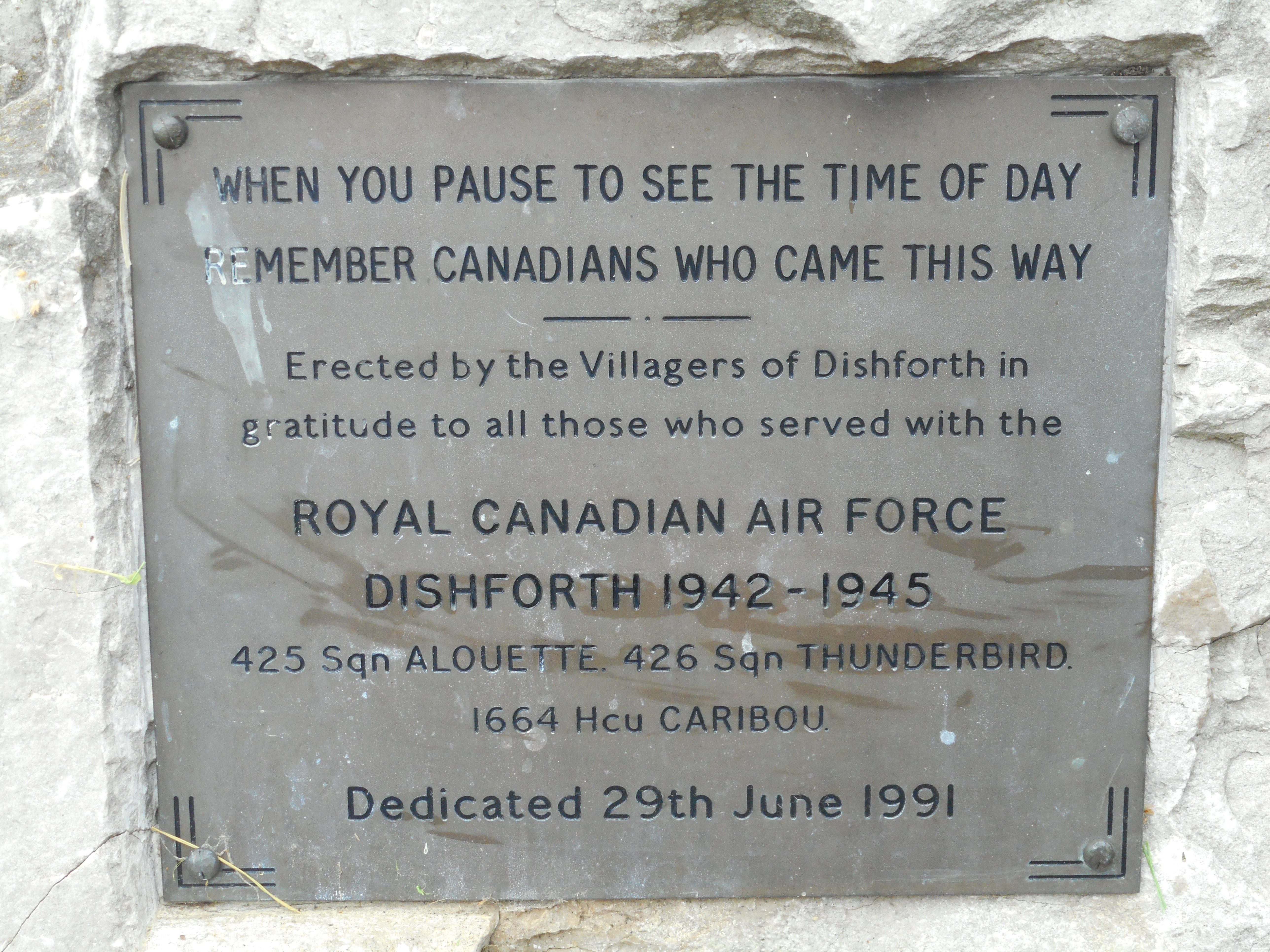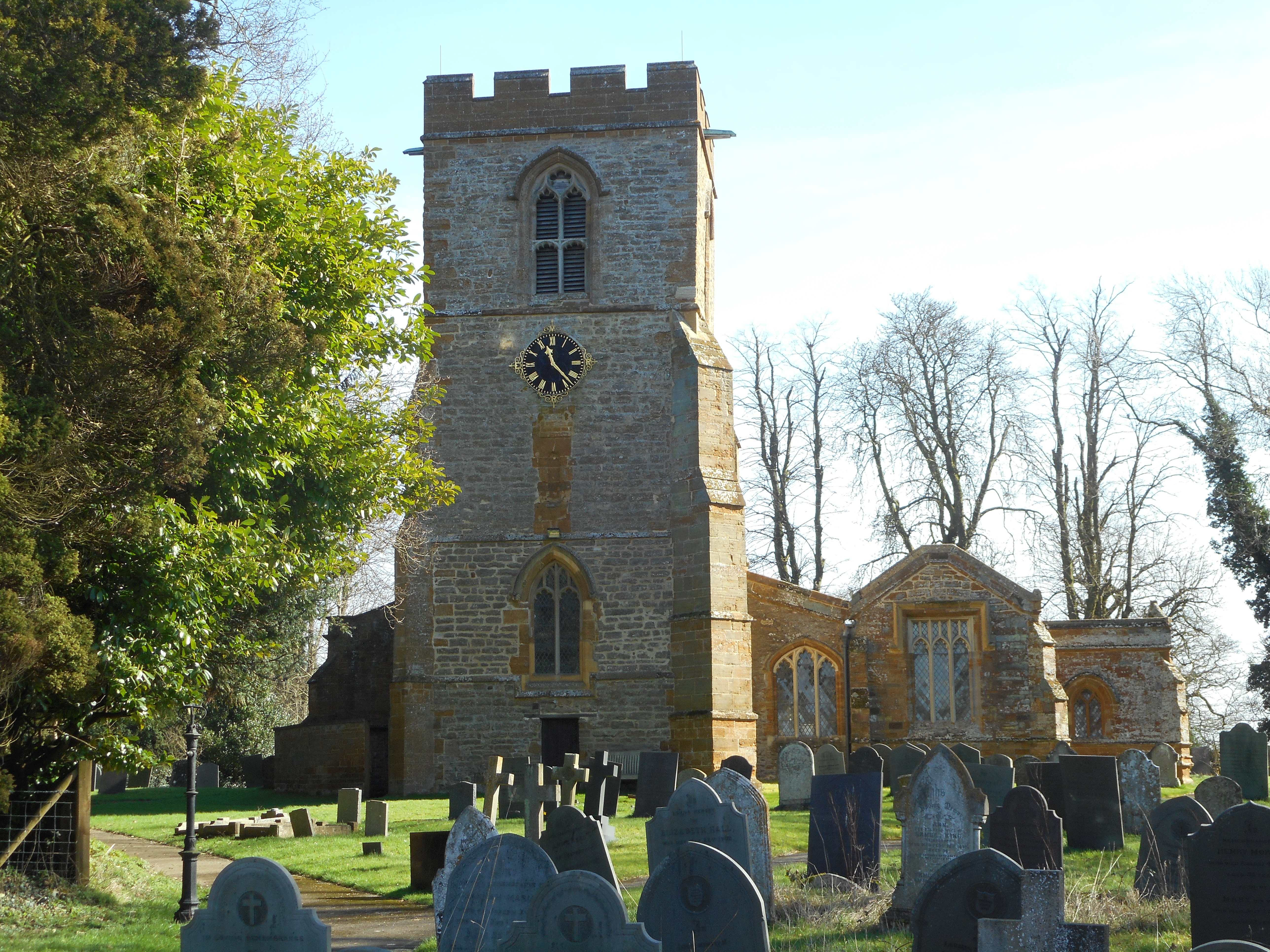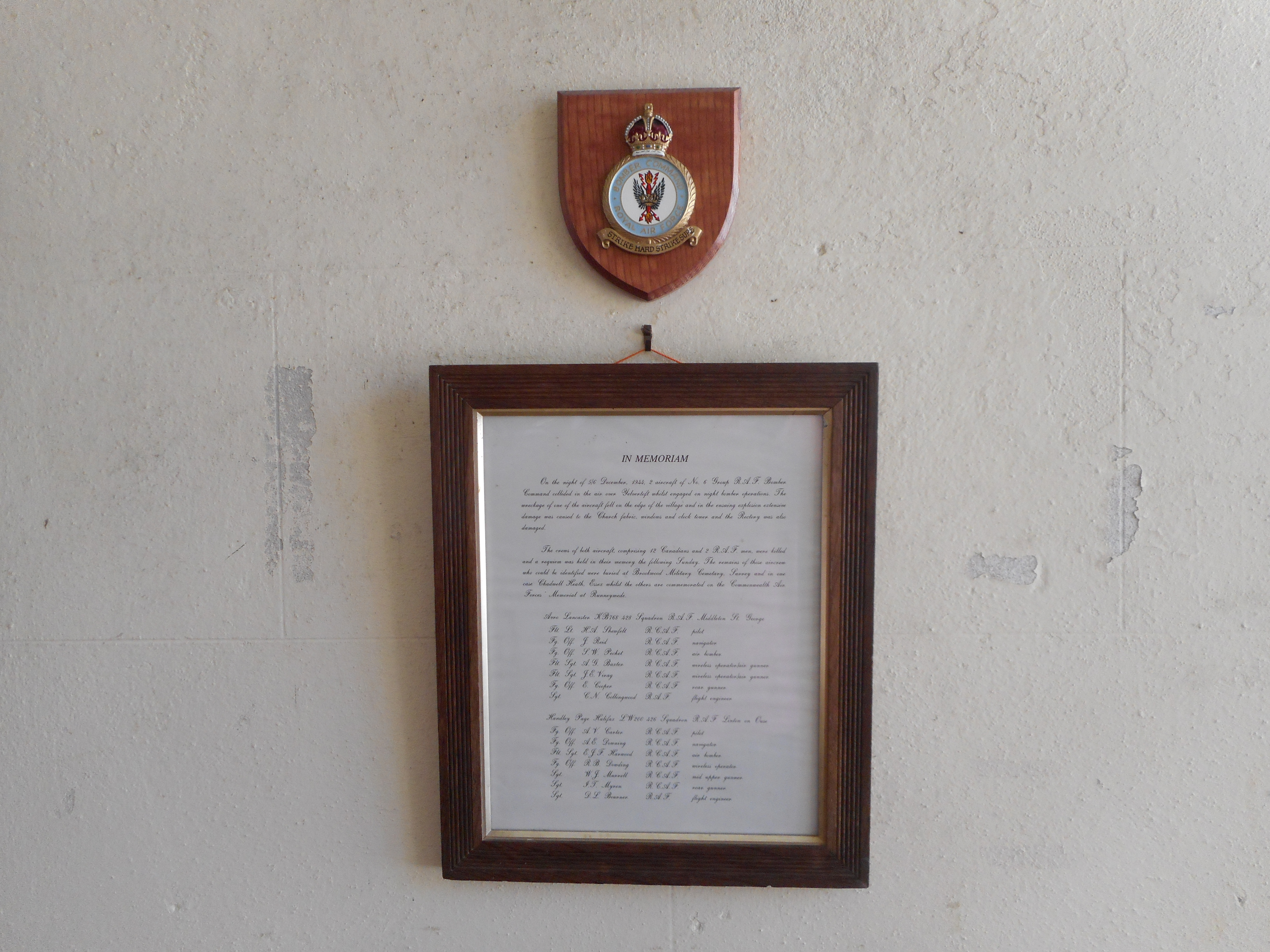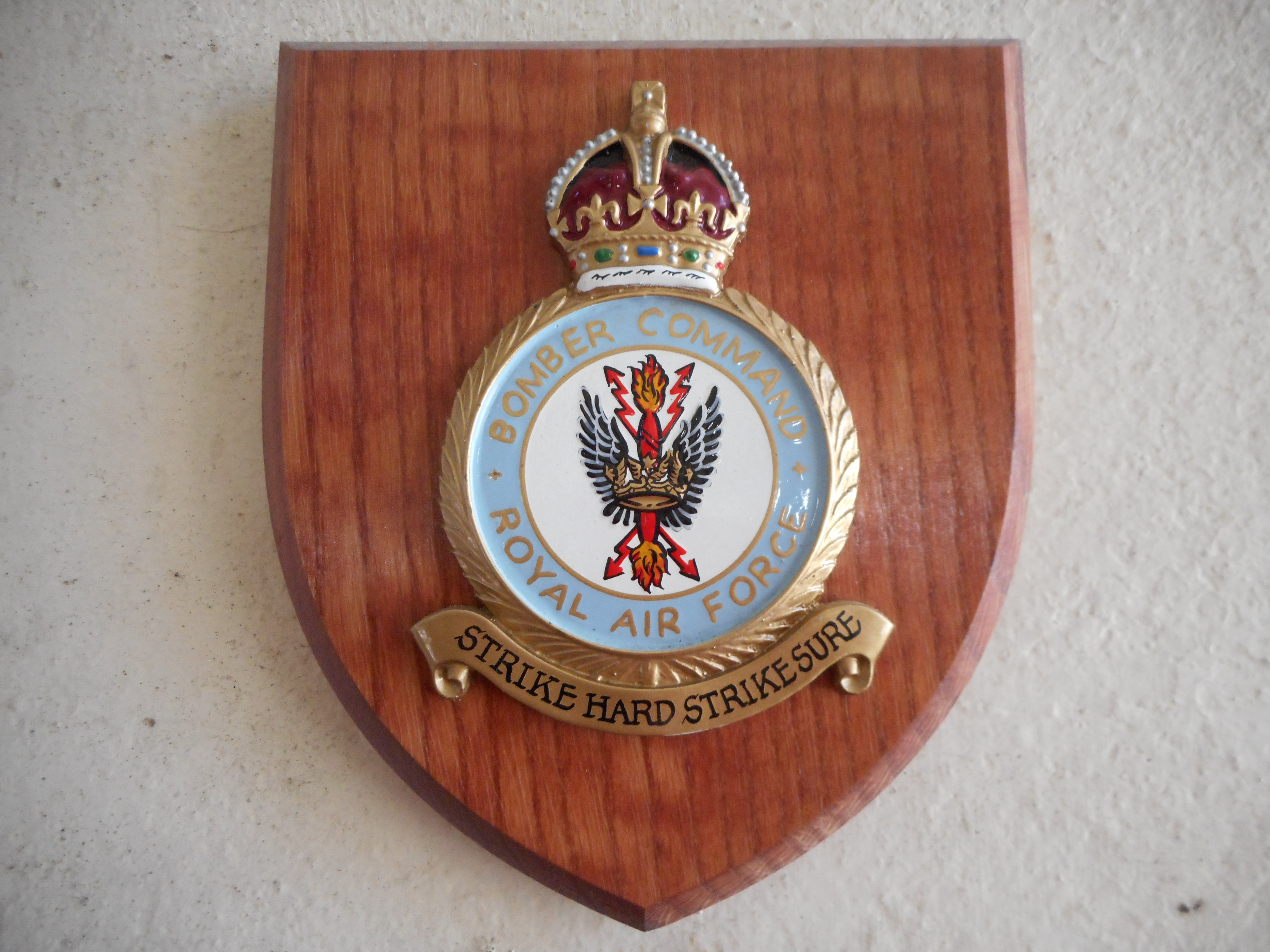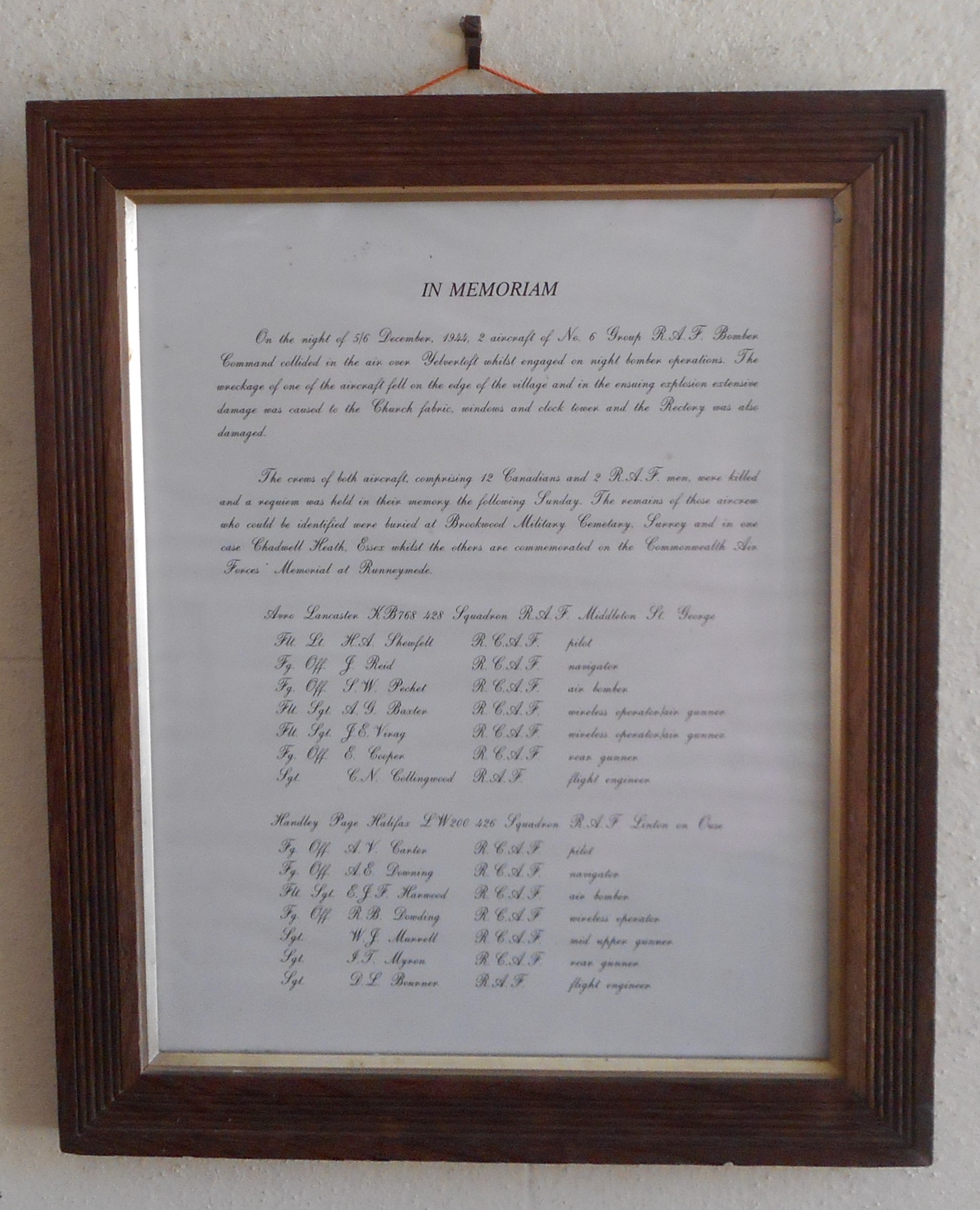Wilding, John Archibald
Personal Information
| Rank | F/O |
| Forename(s) | John Archibald |
| Surname | Wilding |
| Gender | M |
| Age | 23 |
| Decorations | DFC, MiD |
| Date of Death | 09-09-1944 |
| Next of Kin | Son of Archibald Wilding and of Rachel Wilding (Nee Hullock), of New York City, U.S.A. |
Aircraft Information
| Aircraft | Handley Page Halifax VII |
| Serial Number | NP681 |
| Markings | OW-J |
Memorial Information
| Burial/Memorial Country | United Kingdom |
| Burial/Memorial Place | Brookwood Military Cemetery |
| Grave Reference | 55. A. 8. |
| Epitaph | A LOVING SON AND BROTHER WITH GALLANT MEN AT REST WHO SERVED THEIR COUNTRY, GAVE THEIR BEST |
IBCC Memorial Information
| Phase | 2 |
| Panel Number | 264 |
Enlistment Information
| Service Number | J/27908 |
| Service | Royal Canadian Air Force |
| Group | 6 |
| Squadron | 426 (Thunderbird) |
| Trade | Pilot |
| Country of Origin | United States of America |
Other Memorials
| Location | Junction of Wilding Rd & Andrew Rd, Wallingford, Oxfordshire |
| Country | United Kingdom |
| Memorial Type | Memorial Stone with inscribed Metal Plaque |
| Memorial Text | In memory of Fg Off J A Wilding RCAF and Sgt J F Andrew RAFVR of 426 Sqn RCAF who stayed with their damaged Halifax, NP681, to steer it away from the village of Wallingford |
| Location | Adjacent to Village Hall, Dishforth, North Yorkshire |
| Country | United Kingdom |
| Memorial Type | Memorial Stone with Inscribed Metal Plaque & Maple Tree |
| Memorial Text | In memory of the Canadian aircrew of 425 and 426 Sqns RCAF who served at RAF Dishforth, 1942-1945 |
| Location | Outside Village Hall, Linton on Ouse, North Yorkshire |
| Country | United Kingdom |
| Memorial Type | Memorial Stone with inscribed Slate Tablet |
| Memorial Text | In memory of Canadian personnel who served at RAF Linton on Ouse during WW2, including 408 and 426 Sqns RCAF |
Miscellaneous Information
| A commemorative cairn has been erected in Wallingford and reads: “On the 9th September, 1944, F/O J.A. Wilding and Sgt. J.F. Andrew of No. 426 Squadron, Royal Canadian Air Force, by remaining at the controls of their damaged and bomb laden aircraft, steered it clear of Wallingford to crash and explode in open fields. Their supreme sacrifice and conspicuous gallantry almost certainly saved the lives of many of the town’s inhabitants. These roads have been named after them and this plaque has been erected in grateful thanks by the Borough of Wallingford. Their name liveth for evermore.’” |
| MiD recommendation: "Flying Officer Wilding was the pilot of a Halifax aircraft which crashed close to the village of Wallingford in Oxford the ninth of September 1944, returning from an abortive sortie on Le Havre, when all aircraft returned to their bases, carrying their bomb loads. On the return the aircraft caught fire and being unable to extinguish the flames the order to abandon aircraft was given by the pilot. The rear gunner was having difficulties in getting out of his turret and Flying Officer Wilding told him to take his time as he would stay with the aircraft until all were safely out. The rest of the crew with the exception of the flight engineer bailed out successfully. The pilot, realising the possible resultant damage to life and property because of the bomb load he carried, remained with the aircraft and successfully guided it away from the village of Wallingford where it crashed in an open field. This very commendable action in this respect undoubtedly saved the lives of many civilians and also extensive damage to the village. For this he is recommended to be Mentioned in Despatches (posthumously)." |
Commonwealth War Graves Commission
The National Archives
| Record of Events (Operational Record Book) AIR 27/1842/18 |
| Summary of Events (Operational Record Book) AIR 27/1842/17 |
Fellow Servicemen
Last Operation Information
| Start Date | 09-09-1944 |
| End Date | 09-09-1944 |
| Takeoff Station | Linton-on-Ouse |
| Day/Night Raid | Day |
| Operation | le Havre- to bomb the garrison |
| Reason for Loss | Returning from an abortive raid on le Havre with a full bomb load, the aircraft developed a fire in the port engine which led to structural failure of the wing. The pilot and flight engineer selflessly remained at the controls to prevent the aircraft crashing into the built up region of Wallingford, Oxfordshire, while the other crew members bailed out. The aircraft crashed SE of Wallingford, away from the town, killing both on board. |
